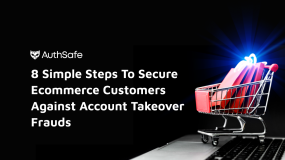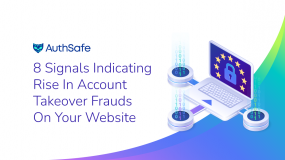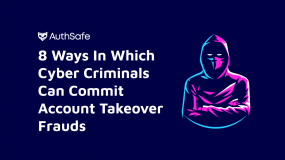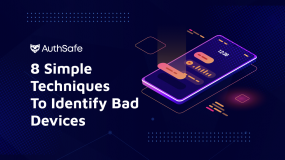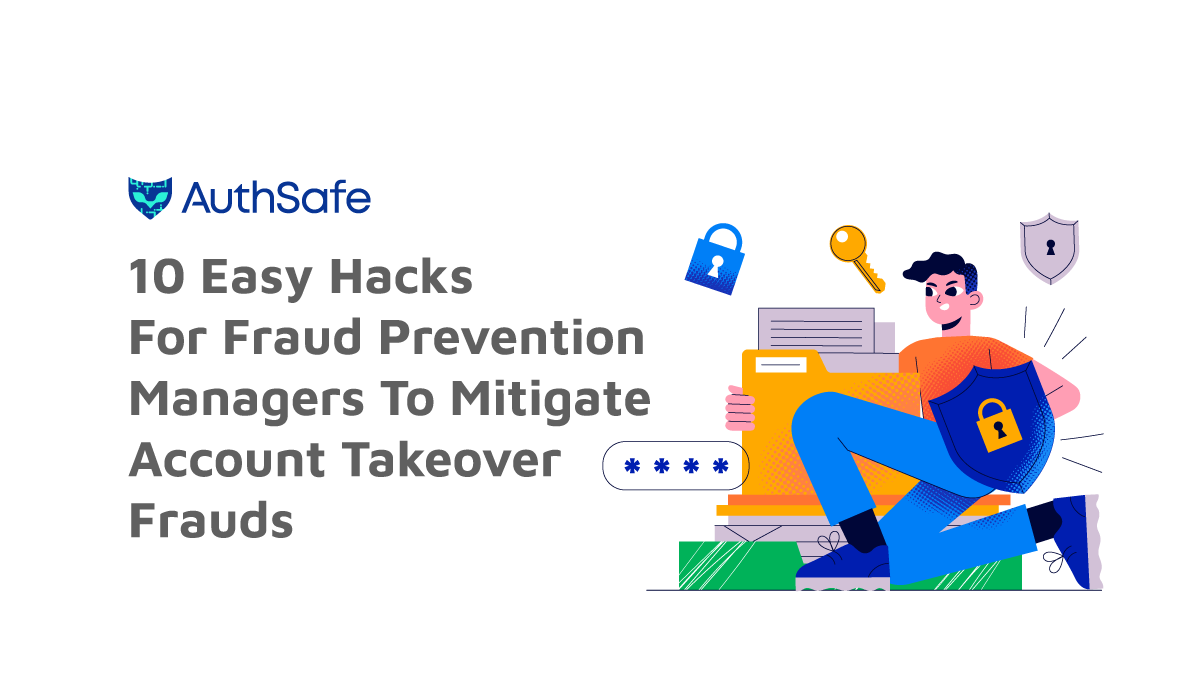
We’ve all been there before. You get an email at work asking you to log into your account, but it hasn’t been opened by anyone else in your organization – yet. Then as weeks start to go by, you notice different people entering their passwords more than once.
And finally, when it gets too late, and someone has stolen all of your passwords, after a frantic scramble of finding stolen accounts and trying to close them down, they might still be accessed!
As reported by Javelin Fraud study 2022, last year, the number of account takeover losses increased by 90 percent.
How are you supposed to save yourself from this from happening again? Here are 10 easy hacks for Fraud Prevention Managers to mitigate account takeover fraud.
10 easy hacks to mitigate account takeover fraud
We’ve compiled a list of 10 easy hacks for fraud prevention managers to help mitigate these pesky fraudsters. From implementing multi-factor authentication to monitoring for suspicious activity, these tips will have you feeling like a fraud-fighting superhero in no time.
1. Increase authentication protocols
Fraud Prevention Managers can reduce account takeover fraud by increasing authentication protocols.
This means that you can use more than one factor to verify a user’s identity. As reported, the global multi-factor authentication market is all set to grow at a CAGR of 18% from 2022 to 2030.
The more factors you use, the harder it is for someone to pretend they are someone they’re not. This helps prevent people from stealing other people’s accounts and impersonating them.
You can do this by requiring users to have at least two different types of authentication before they can log in:
- Something they know (like a password)
- Something they have (like a token)
- Something they are (like biometrics)
2. Strict employee access controls
Employee access control is one way to reduce the risk of account takeover fraud. Fraudsters often take advantage of weak access controls to gain unauthorized access to accounts, and it’s one of the most common ways they commit fraud.
To prevent this, you should have strict policies on what employees can and cannot do within your organization’s systems.
For example, if an employee is no longer with the company, they should no longer be able to log in to any accounts or systems. You should also ensure that each employee has only the necessary level of access for their role in the company and nothing more.
3. Risk scores
When managing fraud prevention, it’s important to ensure that you’re focusing on the accounts most likely to be compromised by fraudsters. When you have a large number of accounts, this can be difficult, but some tools can help you prioritize your efforts.
One of them is a risk score—a number that represents the likelihood that an account will be compromised. Risk scores are calculated based on many different factors. They can be used to determine which accounts should receive the most attention when it comes to fraud prevention and mitigation techniques.
4. Monitor your login systems
Fraud prevention managers can monitor their login systems to detect suspicious activity and prevent account takeover fraud. They can monitor IP addresses, device types, and browser information.
They can also monitor login attempts that may be suspicious or unusual for the user. For example, if a customer has only ever used a mobile device to log in to their account and suddenly tries to log in from a desktop computer, it could be an attempt at fraudulent access.
5. Flag suspicious customer behavior
In a world where fraudsters are always up to something, you must keep an eye on your customers’ activity.
For example, if a customer uses a different card for each transaction or purchases in multiple cities across the country, this may be a sign that someone else is using their card.
Once you’ve identified these fraud patterns, you can take steps to limit the damage and protect your business from further losses.
6. Invest in IT security and employee training
Fraudsters are always changing their tactics, so you need to be prepared for anything.
You can’t just trust that your employees will know what they’re doing—you need to ensure they’re getting the training they need. After all, around 90% of all cyberattacks are because of human errors. If you don’t do this, you could be putting your business at risk of fraud.
One of the best ways to do this is to invest in IT security and employee training. For example, you could invest in a security platform to help your employees spot suspicious activity by monitoring everything from IP addresses to device locations. You can also invest in employee training programs that help employees spot fraudulent activity and report it quickly.
7. Web Application Firewall
Web application firewalls (WAFs) are security tools that sit between your web servers and the Internet. They’re designed to identify malicious activity in real-time and can prevent many attacks.
SecureLayer7’s Web application firewalls can defend against account takeover fraud by examining incoming requests for unusual behavior.
For example, a WAF can detect if someone is trying to access an account without using the correct password or if they have attempted to log in too many times within a short period.
8. Use a Dark Web scanner
The Dark Web is the part of the Internet that contains hidden content. It’s not accessible through search engines, and it’s only available by using special software.
This is where hackers sell stolen personal information and credit card numbers.
The Dark Web is a popular place for criminals to buy and sell stolen information because it’s difficult for law enforcement to track criminals on these sites. If you want to know if your information has been leaked online, you’ll need to use a Dark Web scanner.
9. Use VPN
A virtual private network, or VPN, is a secure and encrypted connection between your computer and the VPN server. This allows you to connect to the Internet from anywhere in the world, as long as you have access to an internet connection.
VPNs are useful for Fraud Prevention Managers because they allow you to connect with your company’s servers without exposing your IP address, which hackers can use to identify your location and steal your identity.
By using a VPN, you can keep any identifying information hidden while still being able to access your company’s servers remotely.
10. Look out for new compliance requirements
As we’ve mentioned, one of the best ways to prevent fraud is to keep up with your compliance requirements. These are constantly changing and evolving, which means that if you don’t stay on top of them, you could easily be held liable for a breach when something happens in your organization.
To ensure that you’re up to date, consider reviewing your company’s policies and procedures monthly or quarterly or even more often if any new regulations have come out recently. You should also ensure that all employees know about these changes to avoid making mistakes that can lead to fines or other penalties.
Conclusion
Follow the 10 easy hacks mentioned here to prevent fraud in your company. It’s your job to protect the business from account takeover fraud and loss of funds.
With this small list of best practices outlined here by the experts in the industry, you can be ready to prevent frauds that lurk beyond the e-borders of the company. Now go out there and implement!
To tighten up your company’s security system, connect with us today.


